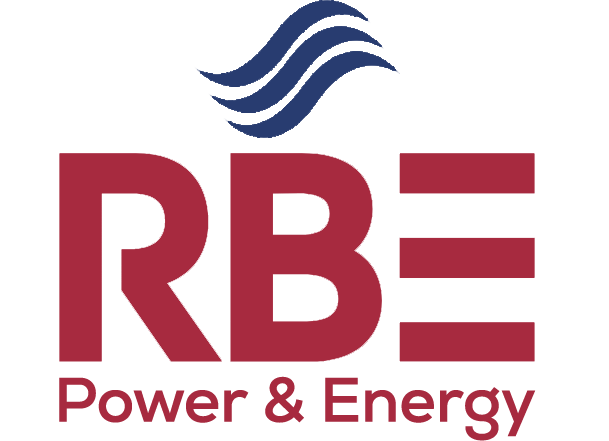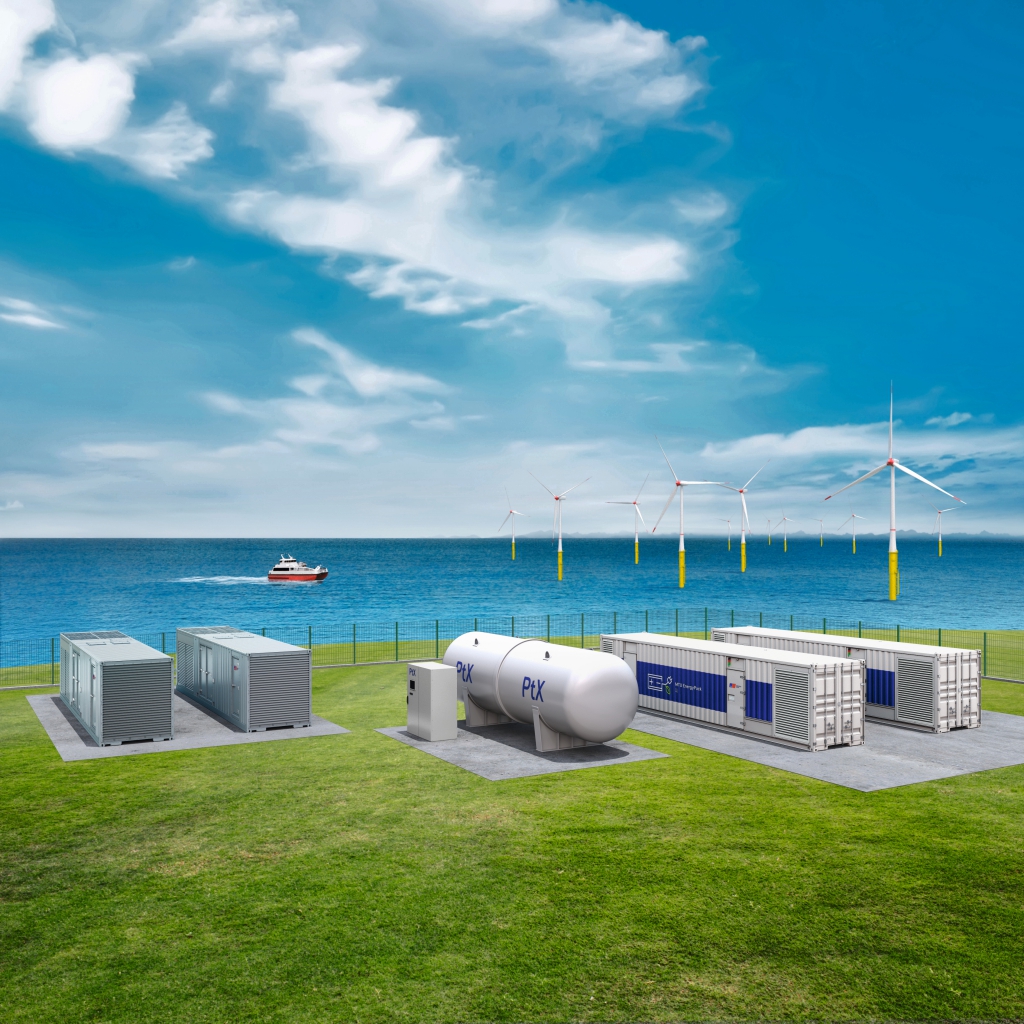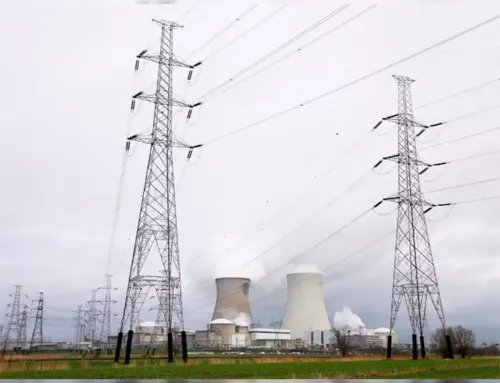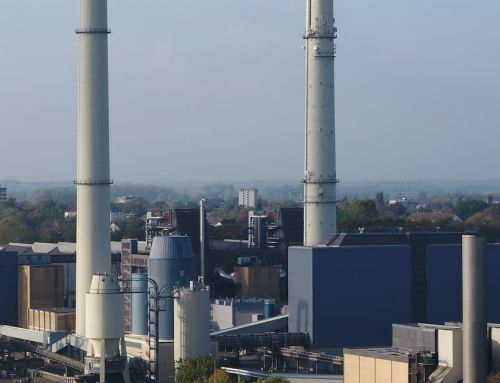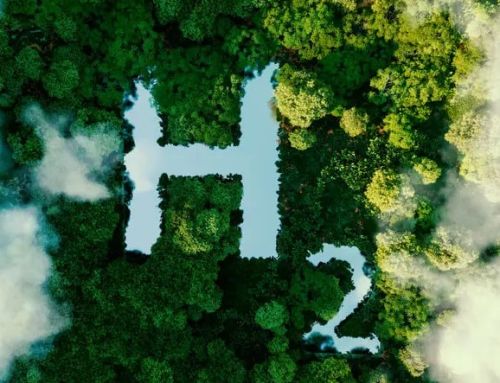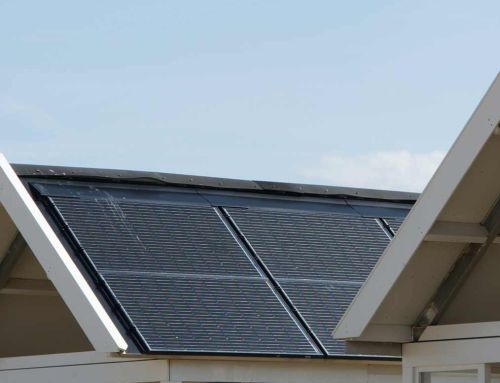How Power-to-X works
Power-to-X converts renewable electricity, from wind, solar, hydro, and geothermal power plants, into a wide variety of end products (X).
Renewable electricity can directly heat and cool buildings and power trains and cars (direct electrification). This is called decarbonisation: renewable electricity replaces oil and gas for heating, cooling, and powering battery-electric trains and cars and thus, the element carbon is no longer involved.
When molecules are necessary, Electrolysis splits water (H2O) into its components hydrogen (H2) and oxygen (O2). This water needs to be purified before it is fed to the electrolyser (water processing). For example, seawater must be desalinated for hydrogen production. Pure hydrogen can then serve as energy storage to compensate for intermittency of renewables in the electricity system (backup power) or be used as fuel for high processes temperatures, for example in the glass or cement industry, or as reduction agent, for example in the steel industry. Here, we are also talking about decarbonisation since the element carbon is directly substituted by hydrogen.
Swing Adsorption extracts nitrogen (N2) from the ambient air. Multiple processes to produce green ammonia exist, the most known is the Haber-Bosch synthesis. In all, hydrogen (H2) is combined with nitrogen (N2) and converted into ammonia (NH3). Ammonia is a key feedstock for the fertiliser industry, therefore crucial for food production and farming, for explosives in mining, but also in the chemical industry for cosmetics and pharma and as a fuel in maritime shipping. No carbon involved, meaning decarbonisation.
To produce sustainable synthetic hydrocarbons (CxHy), renewable carbon (C) is needed. The carbon can either stem from non-fossil, renewable sources, such as direct air capture (DAC) and biogenic residues or be recycled from unavoidable industrial point sources (Carbon Capture and Use from Industry, CCU), for example from cement plants. There are different processes to produce synthetic hydrocarbons, the most known is the Fischer-Tropsch synthesis. In the Fischer-Tropsch synthesis, carbon (C) is processed to form all kinds of hydrocarbons, or a kind of synthetic crude oil often called syn-crude. Further processed, the syn-crude can be turned into specific products, such as Jet-fuel for aircrafts (Power-to-Liquid Sustainable Aviation Fuel, PtL-SAF; Fischer-Tropsch Hydroprocessed Synthesised Paraffinic Kerosene, FT-SPK; Fischer-Tropsch Synthetic Paraffinic Kerosene with Aromatics, FT-SPK/A). Synthetic hydrocarbons in different forms can defossilise the chemical industry, cosmetics, and pharma production as well as maritime shipping and aviation.
As carbon is still necessary in this process, it is called defossilisation instead of decarbonisation. The crucial transformation is the switch from fossil to renewable carbon.
How Power-to-X works
Hydropower technologies generate power by using the elevation difference, created by a dam or diversion structure, of water flowing in on one side and out, far below, on the other. The Department of Energy’s “Hydropower 101” video explains how hydropower works and highlights some of the research and development efforts of the Water Power Technologies Office (WPTO) in this area.
Power-to-X: paving the way for a greener future
Power-to-X is essential in achieving a carbon neutral society that meets an increasing demand for energy. Through electrolysis and CO2 reutilisation, Power-to-X can unlock carbon neutral solutions that mitigate unavoidable emissions from industry, for instance by capturing concentrated CO2 streams from biomass-fired power plants or anaerobic digestion. It also offers a competitive option for energy storage.
New technologies are now being deployed at scale across sectors to decarbonise society, limit global warming and combat climate change. Fossil fuels are being replaced by renewable energy such as wind, solar, and hydro power. Also, direct electrification of household heating and passenger transport in cars is on the rise.
However, some sectors cannot easily be electrified. Where high amounts of energy are required, batteries will not be sufficient to store and transport energy. Heavy duty transport, shipping, and aviation all require fuel in a liquid or gaseous form, as the weight of batteries makes it unsuitable for these applications.
Although direct electrification is an important means to decarbonisation, we expect green hydrogen and e-fuels to be main solutions for sectors that are hard to electrify from 2030 and onwards. The EU, national and regional governments, and a number of private companies are increasingly developing and promoting strategies with hydrogen as a key energy carrier on the path to net zero emissions.
The main Power-to-X technologies
The Power-to-X (PtX) section has experienced significant growth not only in Eurowind Energy but also globally. New technologies are being used across sectors to limit the use of fossil fuels and to decarbonise society. We believe that PtX will play a significant role in the future in supplying renewable energy.
We always strive to be one step ahead in our industry and therefore we focus on these main Power-to-X technologies:
Power-to-heat converts electricity into heat, which can be fed into existing district heating networks and used to heat buildings or other spaces. The system includes a heat pump and often an ATES system as well.
Power-to-hydrogen converts electricity and water into hydrogen, a gas that has many different uses, some of which are:
- Hydrogen is converted back to electricity when the renewable electricity production is low, thereby stabilising the electricity grid over time.
- Hydrogen is used as a fuel to power ex. trucks, buses, or cars.
- Hydrogen is used as a feedstock in other PtX processes, such as power to methanol or power to ammonia.
Power-to-ammonia converts hydrogen and nitrogen into ammonia, which is used in large amounts in fertiliser production, and it is also one of the future fuels considered to help decarbonise the shipping industry.
To produce Ammonia, you combine hydrogen and nitrogen under high pressure and temperature in a process called Haber-Bosch. Ammonia is a carbon-free product as long as it is made from green hydrogen.
Power-to-methanol needs a hydrogen source and a carbon source. Hydrogen can be obtained from the electrolysis process or from methane. Carbon can be obtained from methane as well. Methanol is an alcohol used as a blend-in for fossil fuels and is also considered one of the major fuels to help decarbonise the shipping industry. Furthermore, methanol is also used as a feedstock in plastic production.
